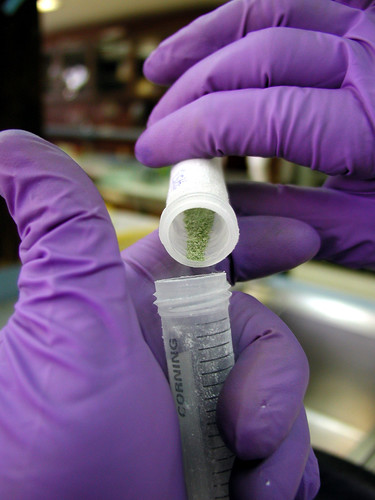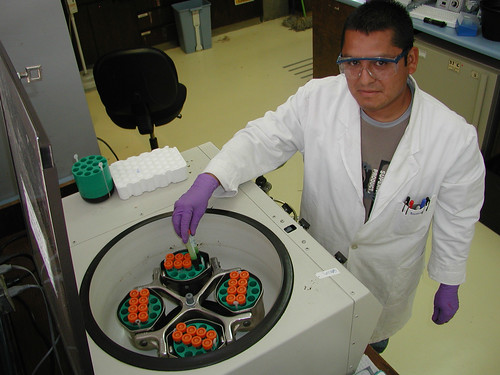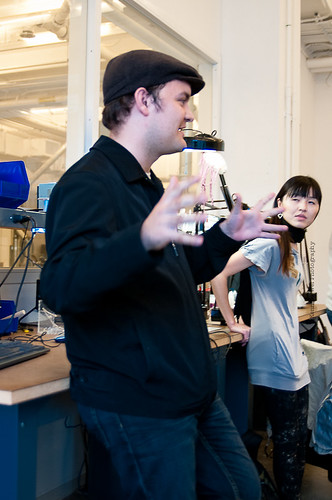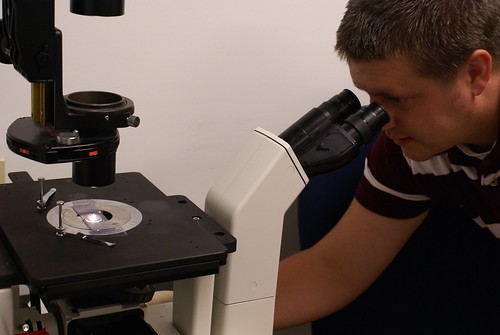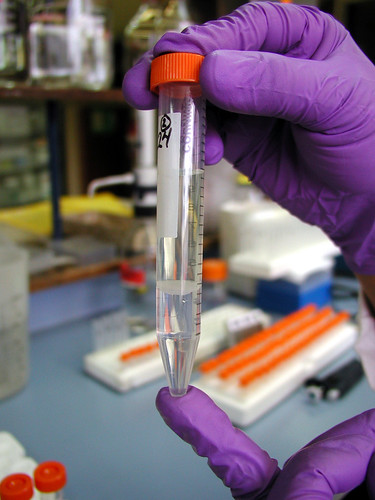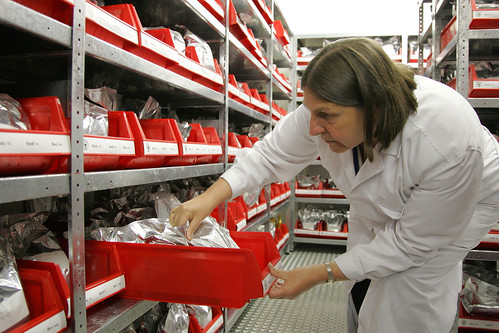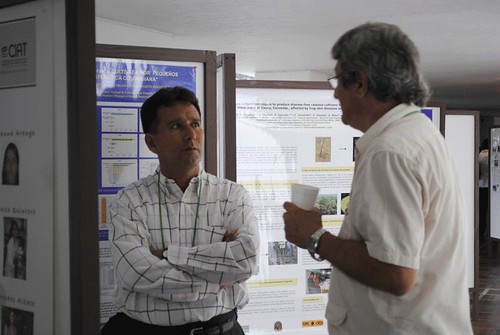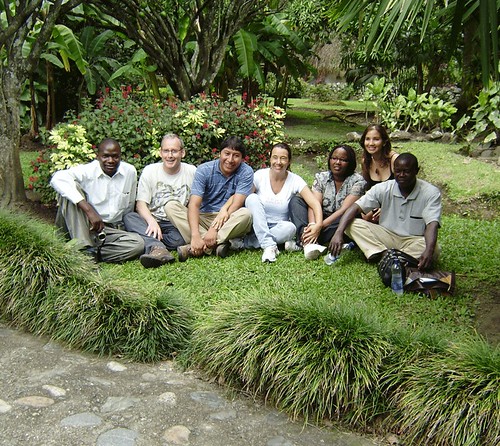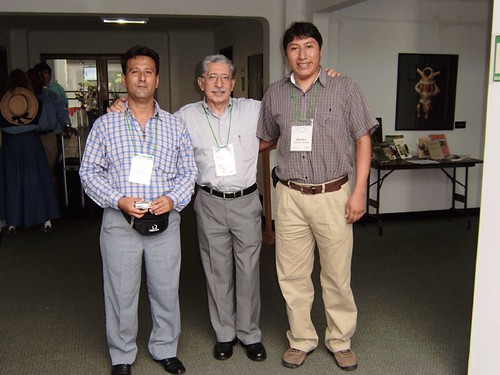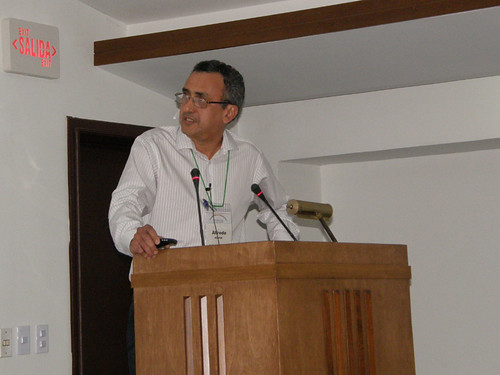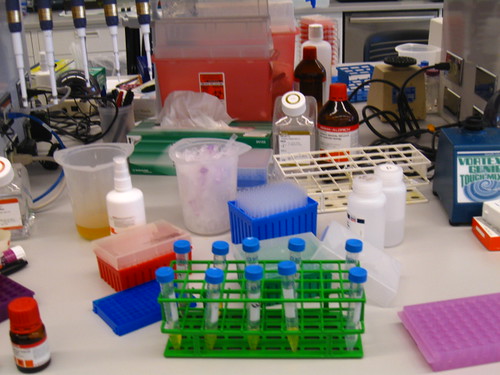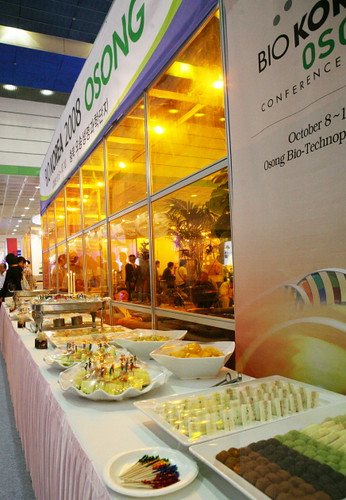
Image : http://www.flickr.com
European Union has opted for the acceptance of REACH regulations on 1st June, 2007. REACH stands for Registration, Evaluation, Authorization and Restriction of Chemical. The regulation is adopted for streamlining and improving the former legislative framework on chemicals of the European Union. The regulations has put the Burden of Proof" on the industry to manage the risks that chemicals may pose to the health and the environment. REACH regulations covers not only industrial chemicals but also chemicals, which are used in our day-to-day life (e.g. paints, dyes used for clothing, etc.)
Objectives of implementing REACH regulations are:
* Improve the protection of human health and the environment from the risks that can be posed by chemicals
* Enhance the competitiveness of the EU chemicals industry, a key sector for the economy of the EU
* Promote alternative methods for the assessment of hazards of substances
* Ensure the free circulation of substances on the internal market of the European Union.
All the exporters and importers of chemicals will identify and manage the risks and hazards associated with the chemicals that they manufacture and market. REACH requires manufacturers and importers of chemicals to produce data on all chemical substances that are produced or imported into the EU in volumes above one ton a year. Appropriate risk management measures must also be identified and users informed of them.
REACH regulations are imposed on manufacturers or importers of chemicals of more than 1 metric ton per annum per company. For companies who are manufacturing and exporting more than 1 metric ton of a chemical to Europe will need to register the chemical by submitting the dossier and proving that the chemical is safe to use. Potential registrants (i.e. manufacturers and importers of chemicals) must 'pre-register' these substances by December 1, 2008. Those that are not pre-registered by that date will have to undergo a full registration process in December, or be withdrawn from sale. Supply of substances to the European market, which have not been registered, would be considered as illegal.
REACH regulations are managed by European Chemicals Agency (ECHA), which will operate from Helsinki, Finland.
Although, REACH regulations cover all chemicals, exemptions are provided for medicinal products. Hence, all active pharmaceutical ingredients (APIs) and their finished dosage forms are exempted from the cover of REACH regulations.
There are many companies in India, which manufacture and exports intermediates for APIs to clients in European countries. Indian companies consider intermediates for APIs as a huge market. As intermediates for APIs are not classified as medicinal products, hence are not exempted under REACH regulations. Intermediates for APIs need to be pre-registered before the deadline of 30th Nov, 2008 and then processed for its registration procedure.
Intermediates for the APIs can be classified again under 2 main categories under REACH:
* Non-isolated intermediates
* Isolated intermediates
* On-site (non transported) isolated intermediates
* Transported isolated intermediates
A non-isolated intermediate is an intermediate that during synthesis is not intentionally removed (except for sampling) from the equipment in which the synthesis takes place.
On-site isolated intermediate means an intermediate not meeting the criteria of a non-isolated intermediate and where the manufacture of the intermediate and the synthesis of another substance from that intermediate take place on the same site, operated by one or more legal entities.
A transported isolated intermediate is an intermediate not meeting the criteria of a non-isolated intermediate and transported between or supplied to other sites.
Under REACH regulations, non-isolated intermediates are exempted from review process as non-isolated intermediates remain in the reaction process and are not isolated.
Most of Indian pharmaceutical companies exporting intermediates for APIs would fall under the perview of the "Isolated intermediates" category for which the companies will need to undergo review procedure under REACH regulations.
Relief under Strictly controlled conditions:
For both on-site and transported isolated intermediates, there is possibility to provide a reduced set of information for their registration under the following conditions:
* For on-site isolated intermediates, the manufacturer confirms that the substance is only manufactured and used under strictly controlled conditions in that it is rigorously contained by technical means during its whole life cycle.
* For transported isolated intermediates, the manufacturer or importer confirms himself or states that he has received confirmation from the user that the synthesis of another substance from that intermediate takes place on other sites under strictly controlled conditions.
Adding to the above-mentioned brief overview of REACH regulations, all the steps of registration under REACH regulations are expensive as all the products (other than exempted products) need to be registered individually.
In conclusion, impact of REACH regulations in India's Pharmaceutical sector would
* potentially disrupt the supply of intermediates for APIs
* push up drug prices.


